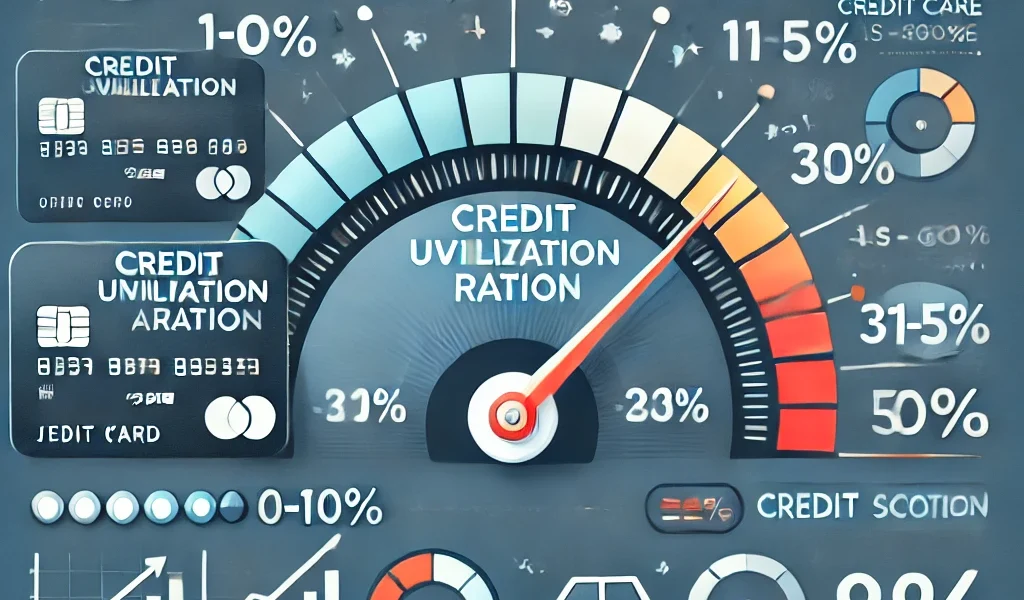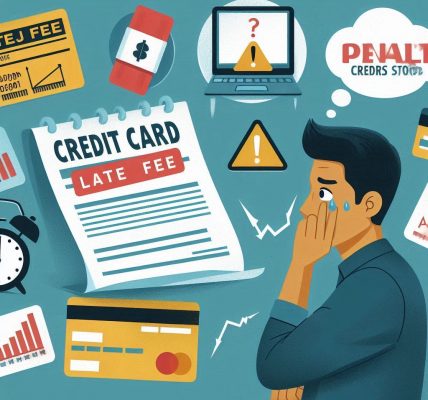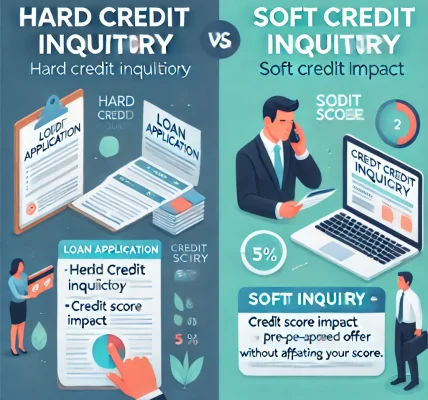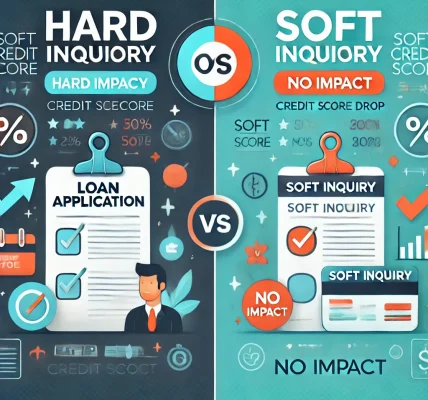Your credit score plays a vital role in your financial health, affecting your ability to secure loans, credit cards, and even rental agreements. One of the key factors that influence your credit score is the credit utilization ratio. Understanding what it is, how it works, and how to manage it effectively can help you maintain a strong credit profile and improve your financial stability.
What is Credit Utilization Ratio?
The credit utilization ratio (CUR) is the percentage of your total available credit that you are currently using. It is a significant component of your credit score, accounting for 30% of your FICO score. Lenders use this ratio to assess how responsibly you manage credit.
How to Calculate Credit Utilization Ratio
The formula for calculating your credit utilization ratio is:
For example:
- You have a total credit limit of $10,000.
- You have used $3,000 on your credit cards.
- Your credit utilization ratio is ($3,000 ÷ $10,000) × 100 = 30%.
Why Credit Utilization Ratio Matters
1. Major Factor in Your Credit Score
Your credit utilization ratio makes up 30% of your total FICO score, making it one of the most crucial factors in determining your creditworthiness. A high CUR may indicate financial distress, while a lower ratio signals responsible credit management.
2. Impacts Loan and Credit Approvals
Lenders prefer borrowers with a low credit utilization ratio because it suggests that they are not overly reliant on credit. A high CUR might raise red flags and lead to loan rejections or higher interest rates.
3. Affects Interest Rates and Credit Limits
A lower credit utilization ratio can help you secure better interest rates and higher credit limits. Banks and financial institutions often reward responsible borrowers with more favorable lending terms.
4. Reduces Financial Stress and Debt Risk
Keeping a low credit utilization ratio helps you avoid accumulating excessive debt, reducing the risk of financial strain and difficulty in repayments.
Ideal Credit Utilization Ratio: What’s the Sweet Spot?
Most financial experts and credit bureaus recommend keeping your CUR below 30%. However, a 10% or lower utilization ratio is considered optimal for maintaining an excellent credit score.
| Credit Utilization Ratio | Impact on Credit Score |
|---|---|
| 0% – 10% | Excellent |
| 11% – 30% | Good |
| 31% – 50% | Average |
| 51% – 75% | Poor |
| Above 75% | Very Poor |
Pro Tip: While a 0% utilization ratio might seem ideal, having a small balance (under 10%) and paying it off regularly demonstrates active credit usage and responsible management.
How to Improve Your Credit Utilization Ratio
1. Pay Off Balances in Full and On Time
The easiest way to lower your CUR is to pay off your credit card balances in full each month. This not only reduces utilization but also helps you avoid interest charges.
2. Request a Credit Limit Increase
Increasing your total credit limit can instantly lower your credit utilization ratio. For example, if your credit limit increases from $10,000 to $15,000 while your balance remains $3,000, your CUR drops from 30% to 20%.
✅ Tip: Contact your credit card issuer and request a limit increase, but avoid using the extra credit unless necessary.
3. Spread Out Your Spending Across Multiple Cards
If you have multiple credit cards, avoid maxing out one card. Instead, distribute your expenses across different cards to keep individual utilization rates low.
4. Make Multiple Payments Each Month
Instead of making a single payment at the end of the billing cycle, pay off portions of your balance throughout the month. This keeps your reported balance lower when credit bureaus calculate your score.
5. Keep Old Credit Accounts Open
Closing old credit accounts reduces your total available credit, which can increase your utilization ratio. Even if you don’t use an old credit card frequently, keeping it open helps maintain a lower CUR and a longer credit history.
6. Avoid Unnecessary New Credit Applications
Applying for new credit frequently can lead to multiple hard inquiries on your credit report and may reduce your score. Be strategic about applying for new credit lines.
7. Use Balance Transfer Offers Wisely
If you have high credit utilization on a card with high interest, consider transferring the balance to a 0% APR balance transfer credit card. This can help you reduce interest payments and improve your CUR over time.
Common Credit Utilization Myths Debunked
❌ Myth 1: Keeping a High Balance Improves Your Credit Score
✅ Fact: High balances increase your utilization ratio, which can negatively impact your score.
❌ Myth 2: Carrying a Small Balance Boosts Your Score
✅ Fact: While using credit responsibly helps, carrying a balance and paying interest unnecessarily is not beneficial.
❌ Myth 3: Closing Unused Credit Cards Improves Credit Health
✅ Fact: Closing old accounts reduces your total available credit, potentially increasing your CUR and lowering your score.
❌ Myth 4: All Debt is Considered the Same
✅ Fact: Credit utilization ratio only applies to revolving credit accounts like credit cards, not installment loans like mortgages or auto loans.
Final Thoughts: Mastering Your Credit Utilization Ratio
Understanding and managing your credit utilization ratio is essential for maintaining a strong credit score and financial well-being. Keeping your CUR below 30%, making timely payments, and strategically managing credit lines can significantly improve your creditworthiness.




